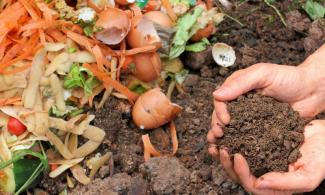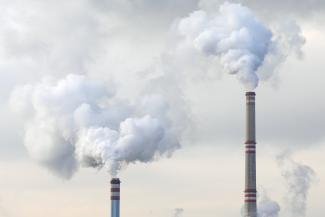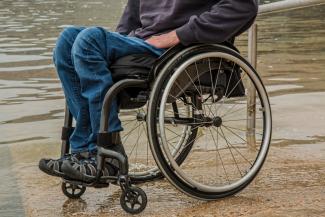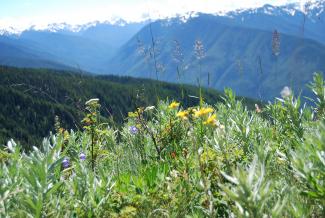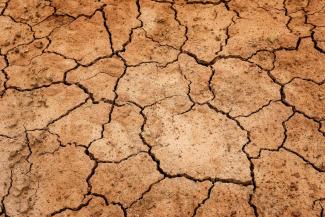Protecting the Planet by Protecting Intellectual Property—A Clear Connection
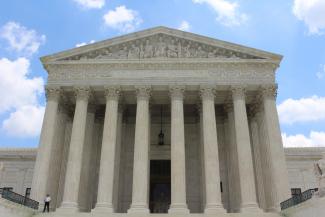
Environmental lawyers “don’t know a lot about intellectual property,” but IP is “about promoting and protecting ideas that we’re depending on to protect our planet,” said Brad Marten, Managing Partner of Marten Law LLP and moderator of the Environmental Law Institute’s fifth GreenTech webinar held May 13. Consequently, in 2021, IP and environmental law “couldn’t be more related” as the world looks to electric vehicles, clean energy, and other technological innovations to advance sustainability, Marten added.


